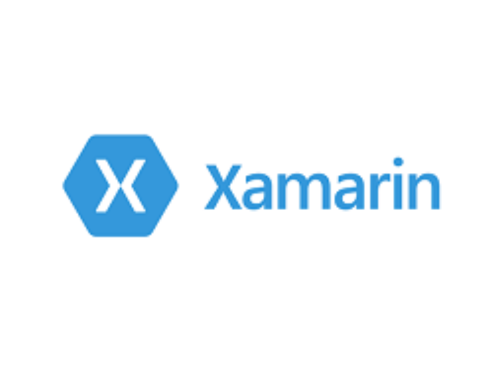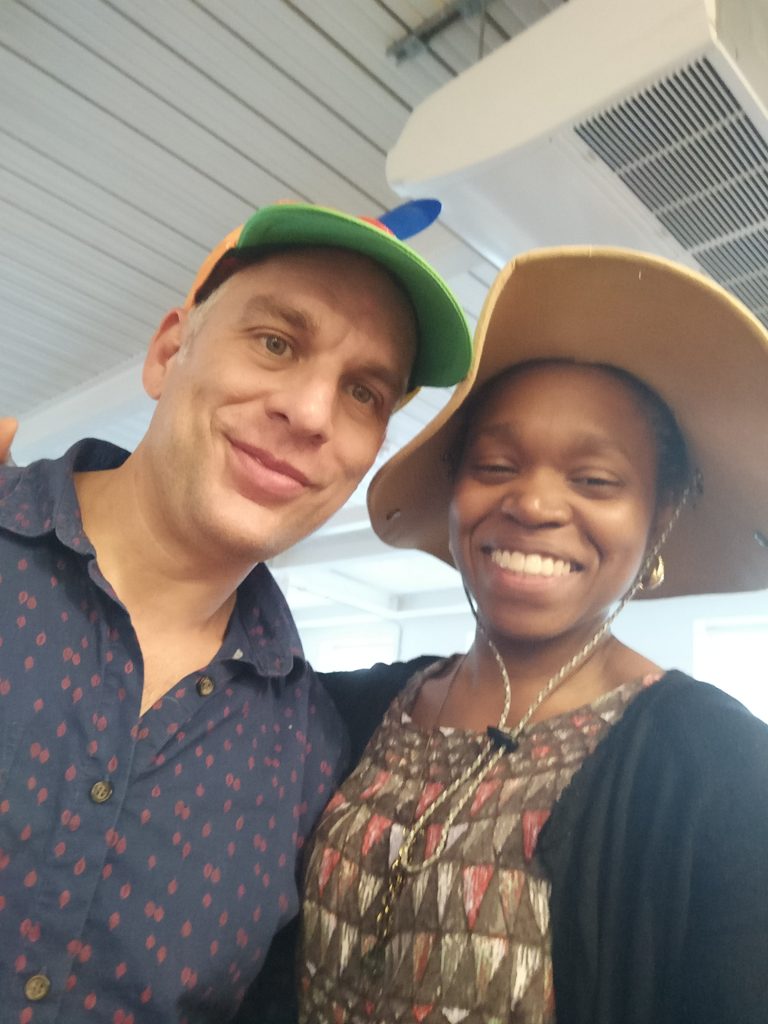After reading The Power Of Habit by Charles Duhigg, it made me realise that people’s habits can be used to change behaviours for the good and yes, sometimes the bad. These changes in behaviours can either positively or negatively impact your life.
So, in 2018, I’m going to try and do this for myself. Why not try and improve my development skills by building a new positive habit into my daily or weekly routine?
But building a habit is time consuming. It can also be difficult if what you’re trying to learn is brand new and interrupts other, more longstanding habits whether they’re good or bad.
Slow progression
Building a new positive habit into your routine is like when you first start going to the gym. It will take a conscious decision to keep it up in the beginning (it may hurt a bit too if what you’re doing is physical). The trick is to try and work the new behaviour into your routine little by little. Try and fit your new behaviour into times where it’s easy for you to implement.
Making sure your new behaviour fits into the SMARTER acronym will help you to get onto the right path building a new behaviour into a routine that will eventually become a habit.
Be SMARTER
If you’re unfamiliar of this well known guideline for target and goal limiting, each of the letters stands for a particular limit that you need to make sure the goal you set meets.
The traditional acronym has always just been “SMART”, however I recently came across this extended version. The addition of the “ER” is to make sure that you learn from the targets you set and make changes depending on the results. The practice of retrospectives are used a lot more within development teams now as it’s a vital meeting within the agile process of SCRUM which is widely used across many organisations now. So if you’re a part of a new organisation you’re probably well acquainted with these meetings. You analyse what you did well, what you didn’t do so well and how to improve next time. This essentially are what these last two letters add to your targets making them grow with you.
Definitions
S is for Specific
Make sure you are clear and concise about your behaviour.
M is for Measurable
Your progress should be tangible. You should be able to clearly see how much you have progressed with quantifiable results.
A is for Achievable
You are only human with so much time, so ensure you can actually reach your target of the behaviour you want to incorporate.
R is for Realistic
Again, that silly little human aspect means that we can’t state that we’ll be able to learn a new programming language in a day because the scope is too broad and there’s just not enough time. Make sure you set yourself goals that are realistic.
T is for Time-bound
In order to measure your progress, it’s good to set a date to work towards. That way you can tell how much you have learned between a set amount of time.
E is for Evaluate
After you have measured your progress, look closer at your results and think why you’ve achieved those specific results. Questions like these will help you think more deeply:
- What was the approach you took to learning your new behaviour?
- How much time did you dedicate?
- Was it the time of day that you chose?
How have these particular decisions affected your behavior being adopted? Could small changes to these make it easier to adopt other behaviours or even commit them to being a habit faster? Give this stage a bit of time to come to useful conclusions.
R is for Re-evaluate
The last stage is Re-evaluate. After analysing how your “behaviour to habit” building exercise has worked you must apply anything you have learned to your next behaviour to try and achieve the best results possible.
Start learning your new behaviour
As well as working to the SMARTER guide above, I would recommend you try and keep in mind the points below. This should help you turn your behaviour into a habit.
Limit your chances to be distracted
Set yourself up in environments where you’re less likely to procrastinate or get distracted. Unfortunately, due to the invention of the smartphone, we have a device capable of distracting or keeping us entertained most of the day. But at the times where you should be doing something productive, actively put your device on silent, hide it away or turn it off for the duration that you need to ensure you stay focused.
Make the sessions short
When you’re trying something new you should first try and introduce it in small increments. Depending on what you’re trying to achieve, think of a sensible and small timescale start with. By starting with small increments it means that it’s not so intimidating and will seem easier to accomplish. You are more likely to perform new activities especially if they’re in small chunks.
Ensure it can be done daily (or at least the majority of the week)
In order to build up your new tasks into a habit, you must perform the action daily. It’s been said that it takes about 21 days for new behaviors to become habits so performing the task everyday will make sure you build this new habit as fast as possible.
Building a new positive habit is a challenging goal, but one well worth it. Good luck setting your 2018 goals!
This post was imported into WordPress in one click using Wordable.



